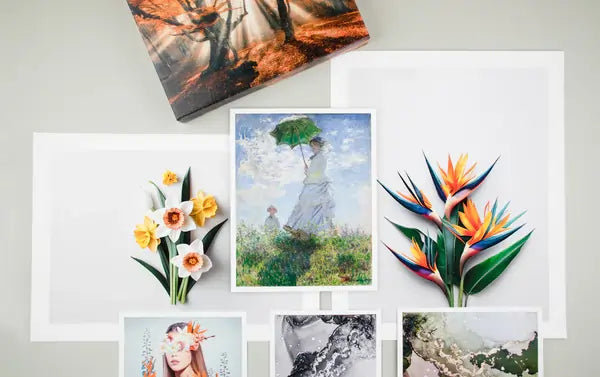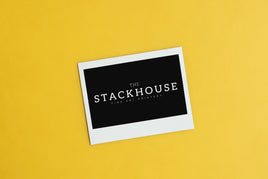TL;DR: Canvas printing transforms photos or digital artwork into textured, gallery-worthy pieces. Learn the top 10 things to know about materials, resolution, care, and why it remains one of the most popular fine art printing methods today.
What Is Canvas Printing?
Canvas printing uses an inkjet printer and archival inks to reproduce artwork or photographs on stretched canvas. The result is a textured, frameless presentation that blends the elegance of painting with the precision of modern printing. This method is popular among artists and photographers for its durability, versatility, and professional aesthetic.
Whether you’re displaying in a gallery or creating personal keepsakes, understanding the key details of canvas printing helps you make informed choices for quality and longevity.
1. Canvas Materials: Cotton and Linen Lead the Way
Most high-quality canvases are made from cotton or linen. Cotton offers smooth texture and affordability, while linen provides exceptional strength and fine grain for detailed prints. The higher the textile quality, the greater the clarity and depth in your final image.
To compare canvas types and textures, explore our free media sample set.
2. Canvas Prints Are Durable and Long-Lasting
Canvas prints are more resilient than traditional paper prints. Their sturdy fabric and wooden frame make them resistant to bending and tearing. However, to maintain longevity, keep your canvas out of direct sunlight and clean gently with a soft, dry cloth. Avoid using cleaners or solvents, which can damage UV-protective coatings.
Learn more about preservation in our guide on how long canvas prints last.
3. Choose Between Single-Panel and Multi-Panel Displays
Canvas prints come in two main layouts: single-panel and multi-panel. Single-panel prints display the full image on one canvas and are ideal for landscapes or detailed compositions. Multi-panel prints divide one image across multiple canvases, creating a dramatic, modern effect perfect for large spaces.
4. Canvas Printing Delivers Rich, Vivid Visuals
Canvas prints produce impressive color depth and visual warmth. The fabric’s subtle texture adds painterly dimension and helps soften highlights, enhancing your artwork’s character. When paired with professional giclée printing technology, you’ll achieve vibrant tones and true-to-life detail.
For insight into color and paper choices, read our matte finish guide.
5. Canvas Printing and Canvas Painting Are Not the Same
While both use canvas as a base, the processes differ. Canvas painting involves applying pigment by hand, while canvas printing reproduces digital or photographic artwork using archival inkjet printers. This allows artists and photographers to recreate originals with stunning accuracy and consistency.
6. Image Resolution Is Crucial
Resolution determines clarity. Low-resolution files will appear pixelated or blurry when enlarged. For high-quality results, maintain at least 150–300 PPI depending on your print size. For example, an 8×8-inch print should be at least 2400×2400 pixels.
For detailed guidance, visit mastering image resolution for prints.
7. Canvas Prints Don’t Require Framing
One of the biggest advantages of canvas printing is that it arrives ready to hang. Gallery-wrapped canvases have the image extended around the frame’s sides, eliminating the need for an external frame. However, you can add a floating frame for extra depth or contrast if preferred.
Learn more about wrap options in our article on canvas wrap styles.
8. Canvas Printing Differs from Acrylic Printing
Canvas and acrylic prints create very different results. Acrylic printing involves printing onto or mounting behind plexiglass, resulting in a glossy, high-shine look. Canvas offers a softer, matte texture with no glare and a more natural, painterly appearance, making it ideal for fine art and portrait photography.
9. Custom Shapes and Sizes Are Possible
Canvas printing isn’t limited to rectangles. Modern printing technology allows for square, panoramic, and even circular or hexagonal layouts. These unique formats give your art or photography fresh visual appeal while fitting different wall spaces and design aesthetics.
To explore sizing details, see our print size and file requirements guide.
10. Professional Printing Makes All the Difference
Even the best photos need professional printing to reach their full potential. The right printer ensures consistent color accuracy, texture, and finish across every print. At The Stackhouse, we use Epson SureColor technology, premium archival inks, and fine art canvas to deliver museum-grade reproductions that stand the test of time.
Ready to bring your artwork to life? Order your canvas prints through our Order Page or request a free media sample set to see our materials before you print.










